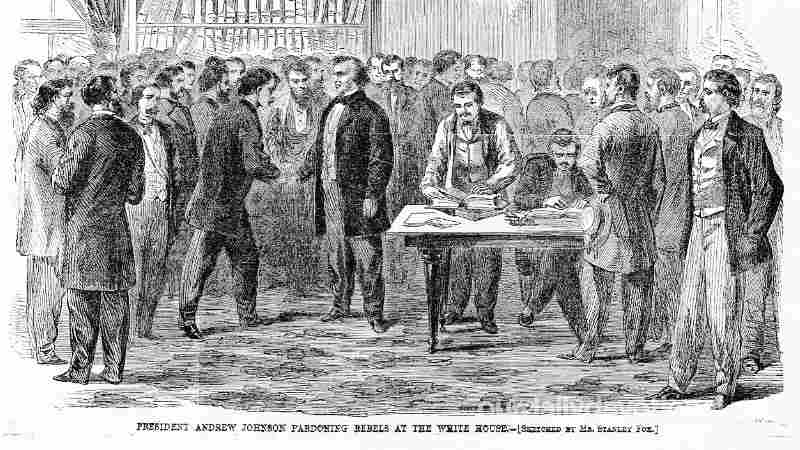Babylonian divinity.
The ancient oral traditions about Tammuz were recorded in Sumerian. He was worshiped in Babylon, Assyria, Phoenicia and Palestine.
His name came to be that of the fourth month of the Semitic year (see TIME). He was considered the protector of agriculture and flocks.
Tammuz was represented as dying each year, being reborn to life in the spring, during the floods that vivified the vegetation.
The prophet Ezekiel had a vision about the Jews who worshiped Tammuz: some women, sitting at the northern gate of the Temple, wept for the death of this god (Ez. 8:14).
Cyril of Alexandria and Jerome assimilated Tammuz to the Phoenician and Syrian Adonis. In June, a hot season that dries up the crops, the women mourned the disappearance of Adonis, and set out to search for him. This cult involved immoral rites.
Meaning of TAMMUZ
Babylonian divinity.
The ancient oral traditions about Tammuz were recorded in Sumerian. He was worshiped in Babylon, Assyria, Phoenicia and Palestine.







